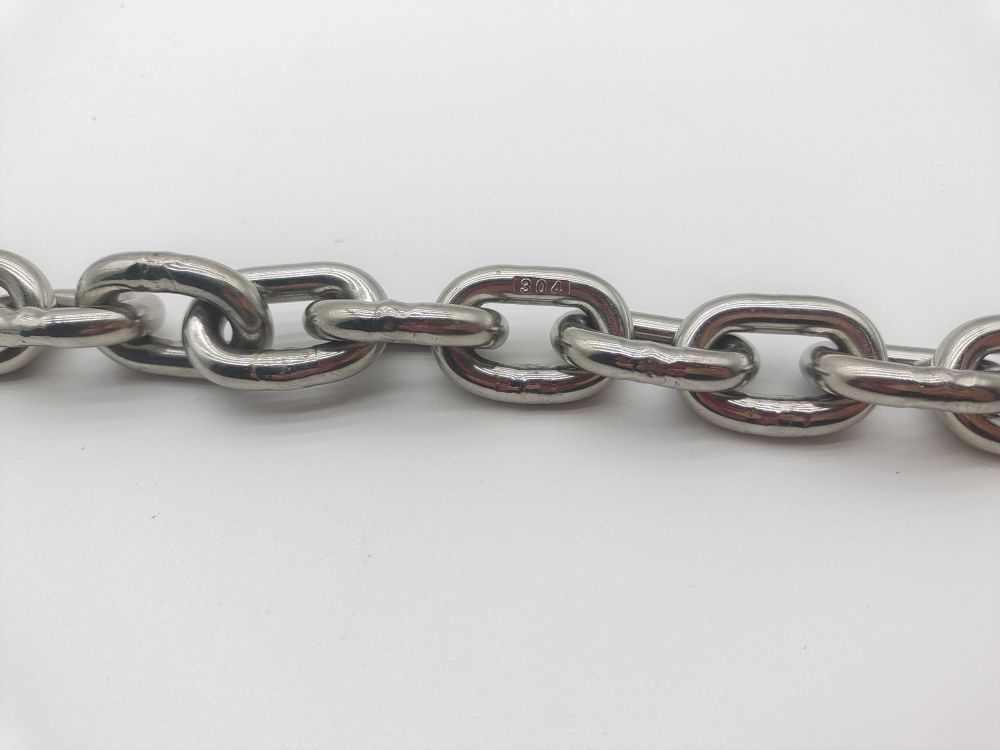Wire ropes are essential components in various lifting and rigging applications due to their strength, flexibility, and durability. There are several types of wire ropes available in the market, each designed for specific purposes. Here are some common types of wire ropes:
General Purpose Wire Rope: This type of wire rope is typically used in a wide range of applications where strength and flexibility are key requirements. It is suitable for general lifting and rigging tasks.
Rotation-Resistant Wire Rope: Rotation-resistant wire ropes are designed to minimize twisting and spinning during lifting operations. They are commonly used in applications where the load needs to remain stable and prevent unwanted rotation.
Galvanized Wire Rope: Galvanized wire ropes are coated with a layer of zinc to provide corrosion resistance. They are ideal for outdoor or marine applications where exposure to moisture and harsh environments is a concern.
Stainless Steel Wire Rope: Stainless steel wire ropes offer excellent corrosion resistance and are suitable for applications where hygiene, aesthetics, or exposure to corrosive substances are factors. They are commonly used in marine environments, food processing, and architectural applications.
Compacted Wire Rope: Compacted wire ropes undergo a special manufacturing process that reduces the voids between strands, resulting in increased strength and improved fatigue resistance. They are used in applications where high strength and durability are required.
Non-Rotating Wire Rope: Non-rotating wire ropes are designed to prevent rotation under load. They are commonly used in applications where rotation could cause safety hazards or damage to equipment.
Plastic-Coated Wire Rope: Plastic-coated wire ropes have a protective layer of plastic or polymer coating, which provides additional protection against abrasion and wear. They are used in applications where surface protection is crucial.
High Performance Wire Rope: High-performance wire ropes are engineered to provide exceptional strength, durability, and performance in demanding applications such as lifting heavy loads, construction, mining, and offshore operations.
Crane Rope: Crane ropes are specifically designed for use in cranes and other lifting equipment. They are engineered to withstand high loads and repetitive lifting cycles.
Elevator Rope: Elevator ropes are specialized wire ropes used in elevator systems. They are designed to meet strict safety standards and provide reliable performance in vertical transportation applications.
These are just a few examples of the types of wire ropes available in the market. When selecting a wire rope for a specific application, it is essential to consider factors such as load capacity, environment, abrasion resistance, corrosion resistance, and other specific requirements to ensure optimal performance and safety.









